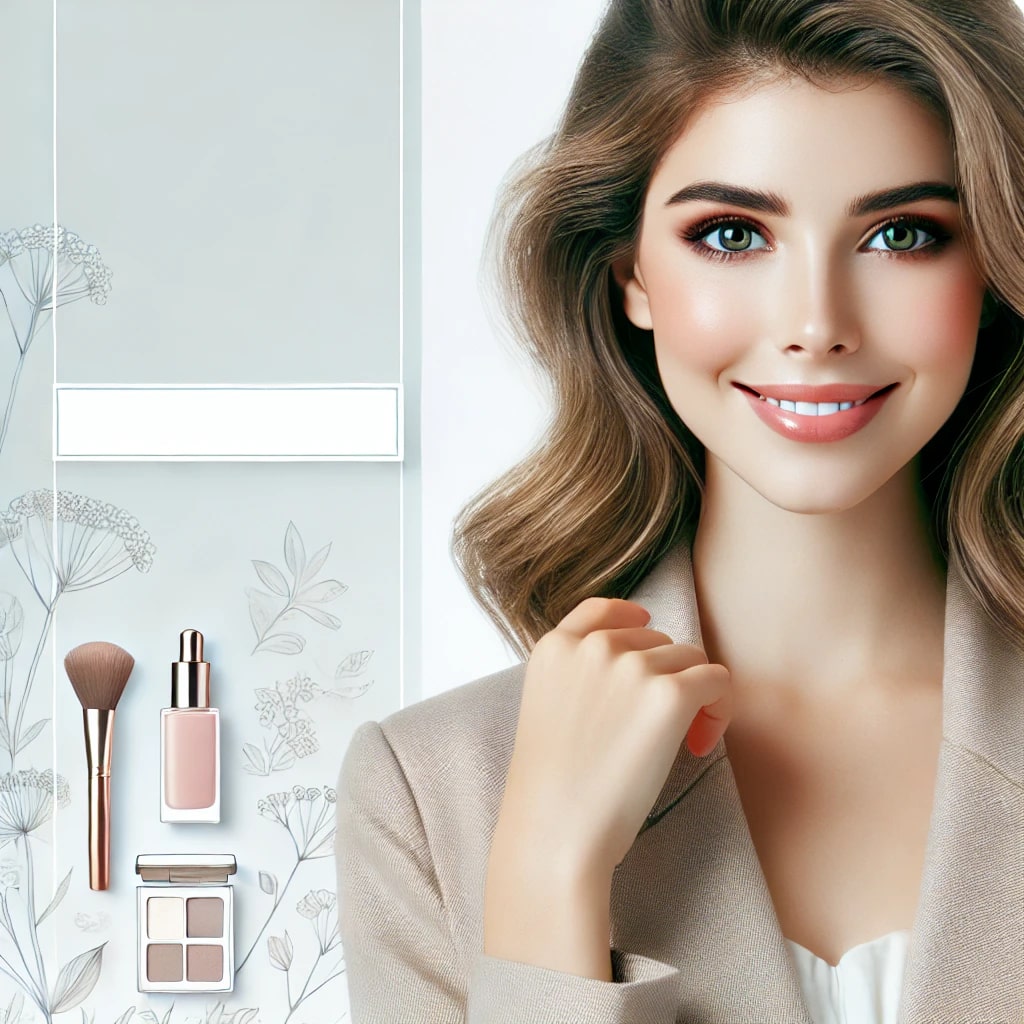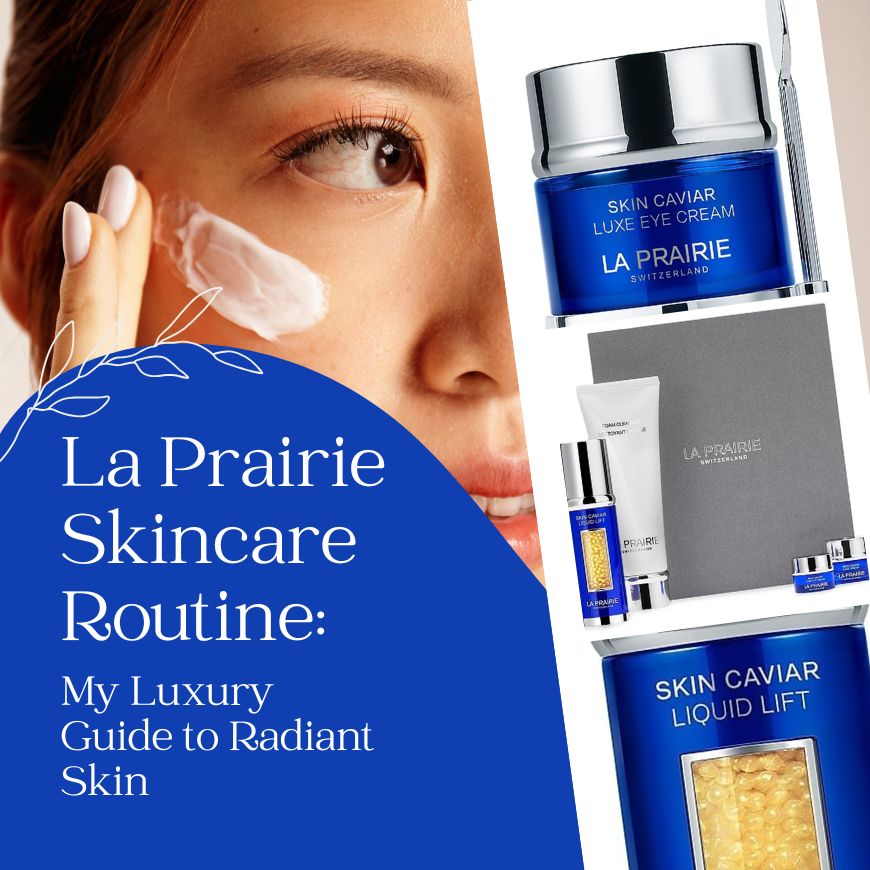Chicken skin, also known as keratosis pilaris, is a common skin condition that causes small, rough bumps to appear on the surface of the skin.
During the summer months, when we mostly wear light clothing, some people cannot help but notice uncomfortable bumps on the skin on the arms and thighs. This common skin condition is called keratosis pilaris and is often described as “chicken skin” because its appearance reminds us of a bird that has recently been plucked. Although quite harmless and not contagious, bumps can be quite uncomfortable. And if left untreated, the situation can get worse over time.
The exact cause of chicken skin is not fully understood, but there are several factors that are believed to contribute to its development:
1. Hereditary Factors
Keratosis pilaris is a skin condition that often has a hereditary component. Genetic factors can contribute to the likelihood of developing keratosis pilaris, as it tends to run in families. If one or both of your parents have had this condition, you may be more prone to it as well. The genetic basis of keratosis pilaris is not fully understood, but it appears to involve variations in certain genes responsible for skin cell structure and the production of keratin. While hereditary factors play a role, it’s worth noting that environmental factors and individual skin characteristics also contribute to the development and severity of chicken skin.
2. Keratin Overproduction
Keratin is a structural protein that plays a crucial role in the skin’s barrier function and strength. In keratosis pilaris, the excess keratin accumulates around hair follicles, creating plugs that block the hair follicle openings. This results in the formation of the characteristic bumps. While the exact cause of keratin overproduction in keratosis pilaris is not fully understood, it is believed to have both genetic and environmental factors at play.
3. Weather Conditions
Weather conditions can influence the severity of keratosis pilaris, often referred to as “chicken skin.” This skin condition, characterized by small, raised bumps on the skin’s surface, can be affected by environmental factors. For instance, during cold and dry weather, the skin is more prone to dehydration and dryness, which can exacerbate the appearance of keratosis pilaris. The lack of humidity can make the skin feel tighter and more prone to flakiness, potentially making the bumps associated with the condition more noticeable. Conversely, hot and humid weather may lead to increased sweat production, which can contribute to clogged hair follicles and worsen the condition.
4. Allergies and Irritants
Certain allergens or irritants in skincare products, soaps, detergents, or fabrics can trigger or worsen chicken skin. It is advisable to avoid using harsh or fragranced products that can further irritate the skin. Opt for gentle, hypoallergenic cleansers and moisturizers that are suitable for sensitive skin.
5. Dietary Factors
While there is limited scientific evidence linking diet to chicken skin, some anecdotal reports suggest that certain foods may worsen the condition. It is believed that foods high in dairy, gluten, or processed sugars may trigger inflammation and exacerbate keratosis pilaris for some individuals. Nevertheless, further research is necessary to establish a definitive connection. If you suspect a dietary link, you may try an elimination diet or consult with a healthcare professional or dietitian for guidance.
6. Regular Moisturization
Keeping the skin well-hydrated is essential in managing chicken skin. Regularly applying a moisturizer after bathing or showering helps trap moisture and prevent excessive dryness, reducing the appearance of bumps. Look for moisturizers that contain humectants like glycerin or hyaluronic acid, which attract and retain moisture in the skin.
7. Gentle Exfoliation
Mild exfoliation can help remove dead skin cells and smooth the skin’s texture. However, it’s important to be gentle to avoid further irritation. Avoid harsh scrubs or abrasive tools that can aggravate the condition. Opt for gentle exfoliating cleansers or use a soft washcloth or a loofah to lightly buff the affected areas.
8. Prescription Treatments
In more severe cases, a dermatologist may prescribe topical medications containing ingredients like retinoids or alpha-hydroxy acids to help exfoliate the skin and reduce keratin buildup. In some instances, laser therapy or other procedures may be recommended to improve the appearance of the skin.
It’s important to note that chicken skin is a harmless condition and does not have any associated health risks. However, it can be persistent and bothersome for some individuals. Treatment options for chicken skin focus on managing the symptoms and improving the appearance of the skin. These may include moisturizing the skin regularly, using exfoliating treatments, and applying topical creams or lotions containing ingredients like salicylic acid or urea to help smooth the skin. It’s recommended to consult with a dermatologist for a proper diagnosis and personalized treatment plan.
How to get rid of it?
While there is no permanent cure for chicken skin, there are several ways to manage and reduce its appearance. Below are ten methods you can consider:
1. Regular exfoliation
Exfoliation helps to remove these dead skin cells, unclog the follicles, and smooth the skin’s texture. Manual exfoliation with gentle scrubs or exfoliating brushes, as well as chemical exfoliation using alpha hydroxy acids (AHAs) like glycolic acid or beta hydroxy acids (BHAs) like salicylic acid, can help to reduce the roughness and redness associated with keratosis pilaris. It’s essential, however, to be cautious and not over-exfoliate, as this can lead to skin irritation.
2. Moisturize daily
By applying a moisturizer regularly, you can help keep the skin hydrated and minimize the rough and bumpy texture associated with keratosis pilaris. Look for moisturizers that are rich in emollients and humectants to help lock in moisture and maintain skin suppleness. Consistency is key, and using a moisturizer daily, especially after exfoliation or bathing when the skin is damp, can make a noticeable difference in managing chicken skin and promoting smoother, healthier-looking skin over time.
3. Avoid hot showers
Hot water can strip the skin of its natural oils and exacerbate dryness, which is a common factor in the development of this condition. Prolonged exposure to hot water can also lead to skin irritation, making the bumps associated with keratosis pilaris more noticeable and uncomfortable. Take short warm baths and gently pat your skin dry to avoid further irritation. Bathing every other day may also help alleviate symptoms.
4. Choose gentle soaps
Harsh soaps, especially those containing strong fragrances and detergents, can strip the skin of its natural oils and exacerbate dryness, which can contribute to the formation of those rough and bumpy skin patches. Opting for mild, hydrating, and non-irritating soaps can help maintain the skin’s moisture barrier and reduce the risk of further irritation. These gentle cleansers can effectively cleanse the skin without over-drying, making it an important part of a skincare routine aimed at managing chicken skin.
5. Wear loose clothing
Tight-fitting clothes can create friction and constant rubbing against the skin, potentially exacerbating irritation and inflammation around the affected areas. By opting for loose-fitting clothing, particularly in areas where keratosis pilaris is more prevalent, you can reduce the friction and discomfort caused by clothing rubbing against the skin. This can contribute to a more comfortable and less irritated experience, making it easier to manage and improve the appearance of chicken skin while maintaining overall skin health.
6. Consider topical retinoids
Prescription-strength topical retinoids, such as tretinoin, can help unclog hair follicles and reduce the appearance of chicken skin. Seek professional guidance from a dermatologist for an accurate diagnosis and suitable treatment alternatives.
7. Maintain a healthy lifestyle
Eating a balanced diet, staying hydrated, and managing stress levels can contribute to overall skin health. Adequate nutrition and a healthy lifestyle can indirectly improve the appearance of chicken skin.
Remember, it’s important to consult with a dermatologist or healthcare professional for a proper diagnosis and personalized treatment plan for your specific condition. They can provide you with tailored recommendations and monitor your progress over time. Recollect, while these methods may help reduce the appearance of chicken skin, it may not be possible to completely get rid of it. If you have concerns about your skin or need personalized advice, it’s always best to consult a dermatologist.
Hi, I’m Emma R. ✅
Passionate beauty blogger sharing expert tips, honest reviews, and the latest trends to help you glow inside and out.





